Collection |
Collections
Filters
-
Collection Type
-
-
Collection |
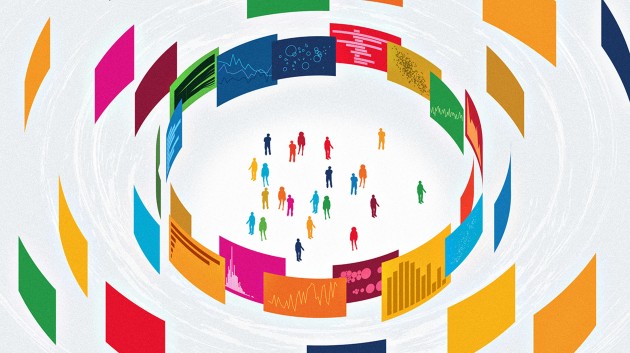 Progress towards the Sustainable Development Goals
Progress towards the Sustainable Development Goals
The year 2023 marks the mid-point of the 15-year period envisaged to achieve the Sustainable Development Goals, targets for global development adopted in September 2015 by all United Nations Member States.
Image: © Springer NatureOpen for submissions -
Collection |
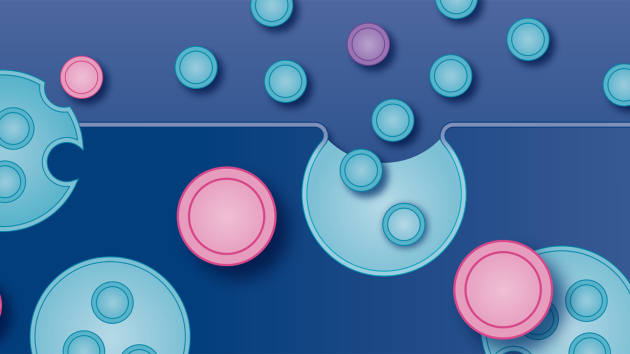 Extracellular vesicles
Extracellular vesicles
Selected, recent articles from across the Nature Portfolio that document the recent progress in understanding the biology of EV-mediated cell–cell communication and advances in clinical translation of EVs.
Image: Vicky Summersby -
Collection |
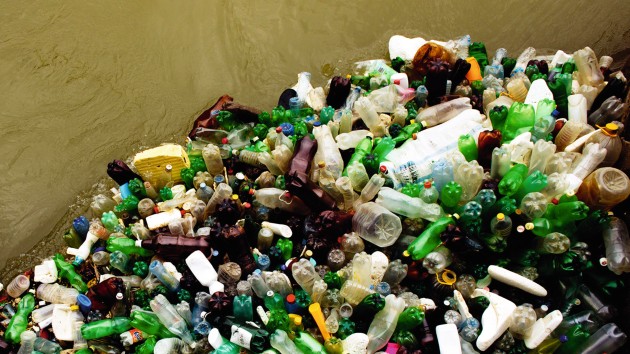 Plastics in the environment
Plastics in the environment
Plastic is ubiquitous in our lives and the environment.
Image: Lasha Tsertsvadze / EyeEm/ Getty Images -
Collection |
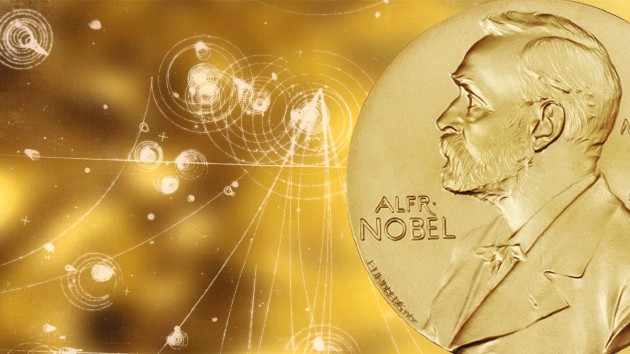 Nobel Prize in Physics 2022
Nobel Prize in Physics 2022
The Nobel Prize in Physics 2022 has been awarded to Alain Aspect, John F. Clauser and Anton Zeilinger “for experiments with entangled photons, establishing the violation of Bell inequalities and pioneering quantum information science”.
Image: Springer Nature/The Nobel Foundation/Imagesource -
Focus |
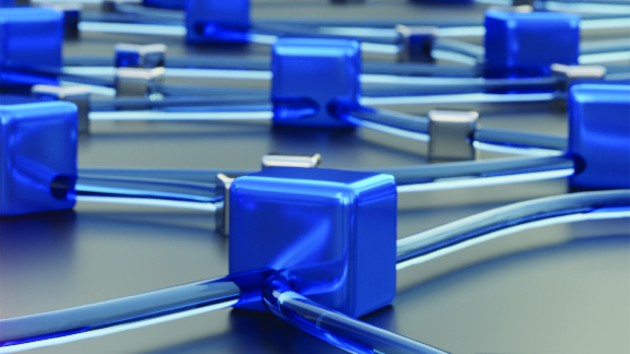 Quantum nanoscience
Quantum nanoscience
Quantum mechanics is omnipresent at the nanoscale.
Image: Image courtesy of Center for Hybrid Quantum Networks (Hy-Q), University of Copenhagen -
Focus |
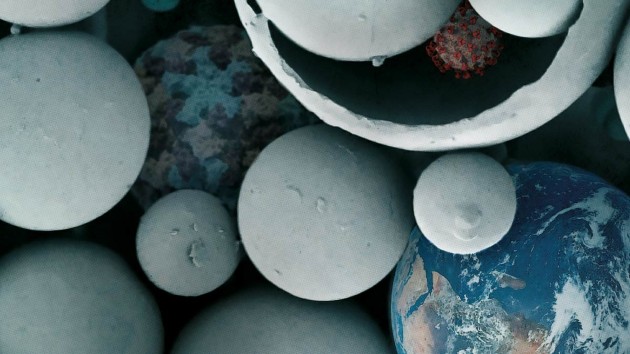 Nanotechnology for Global Health
Nanotechnology for Global Health
When discussing the role that nanotechnology might play in global health, the benefits that nano-enabled strategies could afford in terms of improving the outcomes of infectious diseases and curbing their spread include the possibility of producing integrated point-of-care devices for fast and simple diagnosis and monitoring; the development of efficient, possibly self-administered, drug releasing platforms that do not require multiple administration; the engineering of vaccines with controlled properties that could boost the immune response against pathogens that have so far escaped traditional immunisation strategies.
Image: Paramesh Karandikar and David Mankus of the Langer Lab and Nanotechnology Materials Core, respectively. Image created using elements sourced from NASA; CDC/Sarah Bailey Cutchin; CDC/Jessica A. Allen; CDC/Alissa Eckert (MSMI), Dan Higgins (MAMs) -
-
Focus |
 Nanomaterials for immunomodulation
Nanomaterials for immunomodulation
Boosting or suppressing the innate and adaptive immune response can treat and prevent a variety of diseases, from autoimmune syndromes, to cancer, to inflammatory and infectious diseases.
Image: Ella Marushenko and Kate Zvorykina (Ella Maru Studio) -
Collection |
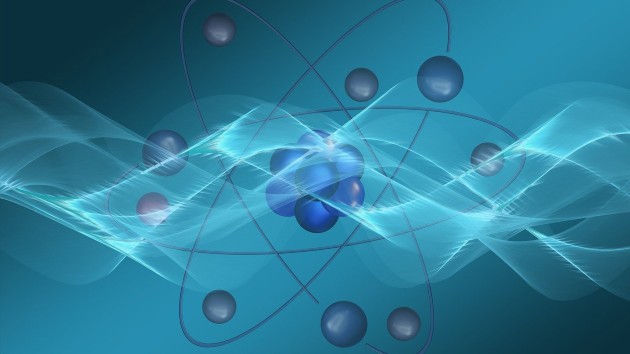 Sensing at the limit
Sensing at the limit
In this collection we highlight the latest progress in our ability to sense and image the world around us.
-
Collection |
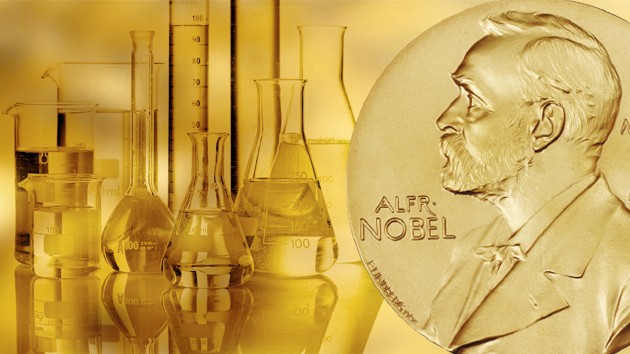 Nobel Prize in Chemistry 2020
Nobel Prize in Chemistry 2020
The 2020 Nobel Prize in Chemistry has been awarded to Emmanuelle Charpentier and Jennifer Doudna for their pioneering work in gene-editing.
Image: Springer Nature/The Nobel Foundation/Imagesource -
Focus |
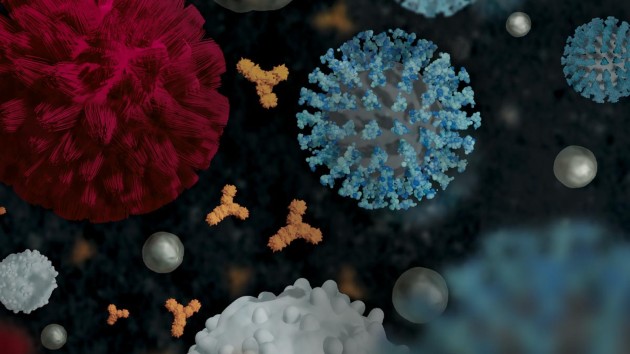 When nanotechnology focuses on COVID-19
When nanotechnology focuses on COVID-19
In face of the coronavirus pandemic, the nanotechnology community has joined forces to provide tools and expertise to COVID-19 research efforts. Long-term experience in drug delivery, nanovaccines, immunoengineering, biosensors and platform technologies positions nanotechnology in a unique place to tackle some of the key issues in preclinical and clinical COVID-19 research
Image: Image courtesy of Rita Acúrcio, University of Lisbon

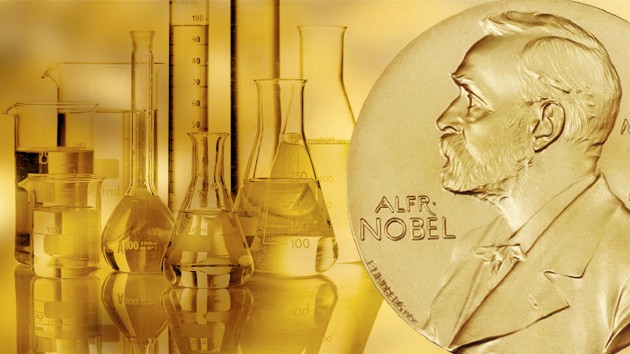 Nobel Prize in Chemistry 2023
Nobel Prize in Chemistry 2023
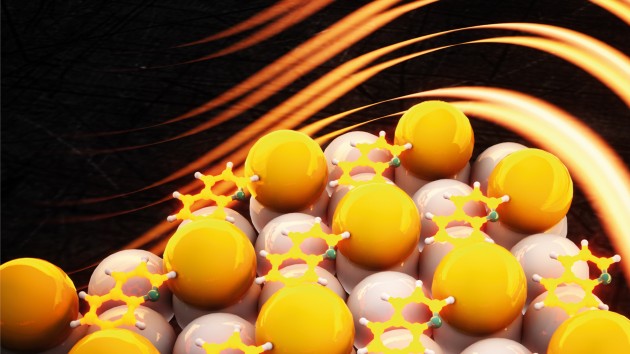 Nanocatalysts for industrial applications
Nanocatalysts for industrial applications